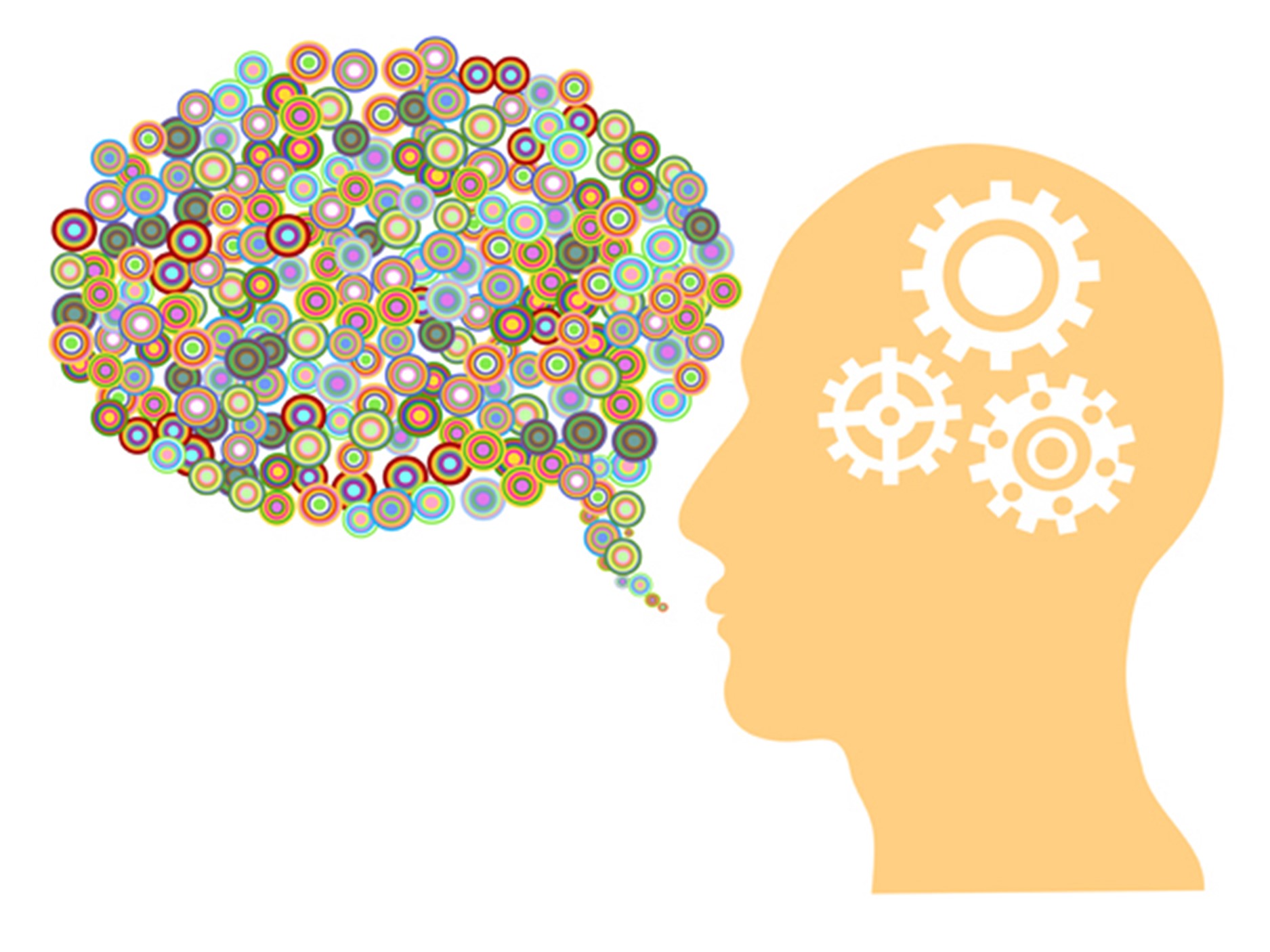Written By: Anysia Ensslen-Boggs, Ed.D., CCC-SLP
 Aphasia is a communication disorder affecting over 2 million Americans. Aphasia is an acquired neurogenic language disorder resulting from an injury to the brain (usually a stroke). Aphasia may also result from head trauma, brain tumors, or infections. Aphasia can be very mild or can be so severe that communication with the patient is almost impossible. Aphasia may mainly affect a single aspect of language use, such as the ability to name objects, or the ability to put words together in sentences. In most cases, multiple aspects of communication are impaired making it difficult for functional communication to occur as it once did.
Aphasia is a communication disorder affecting over 2 million Americans. Aphasia is an acquired neurogenic language disorder resulting from an injury to the brain (usually a stroke). Aphasia may also result from head trauma, brain tumors, or infections. Aphasia can be very mild or can be so severe that communication with the patient is almost impossible. Aphasia may mainly affect a single aspect of language use, such as the ability to name objects, or the ability to put words together in sentences. In most cases, multiple aspects of communication are impaired making it difficult for functional communication to occur as it once did.
Varying degrees of impairment may be present in these four primary areas:
- Spoken language expression
- Spoken language comprehension
- Written expression
- Reading comprehension
Impairments of spoken language expression may include:
- Having difficulty finding words (anomia)
- Speaking with effort
- Speaking only in single words (e.g., names of objects)
- Speaking in short, fragmented phrases
- Omitting smaller words like the, of,and was (telegraphic speech)
- Putting words in the wrong order
- Making up words (jargon)
- Fluently stringing together nonsense words and real words, but leaving out or including an insufficient amount of relevant content (“word salad”)
Impairments of spoken language comprehension may include:
- Having difficulty understanding spoken utterances
- Requiring extra time to understand spoken messages
- Providing unreliable answers to “yes/no” questions
- Finding it very hard to follow fast speech (e.g., radio or television news)
- Misinterpreting subtleties of language (e.g., taking the literal meaning of figurative speech such as “It’s raining cats and dogs.”)
- Lacking awareness of errors
- Inability to comprehend verbal feedback
Intervention from a speech-language pathologist is both restorative and compensatory in nature. The goal of restorative therapy is to improve and restore impaired function, while the goal of compensatory therapy is to teach the patient compensations to address those deficits that are not likely to be completely restored. Watch this brief video that illustrates some of the challenges people with Aphasia face and how it affects the brain:
Those who have had a stroke will likely experience significant frustration with communication, as they may not be fully aware of the communication problems associated with a stroke, and they do not have the skills needed to prevent or repair communication breakdowns.
Families and caregivers will also likely require help to understand and navigate the following:
- A realistic timeline to restore communicative function
- Strategies to aid in communication breakdowns
- How communication deficits will impact independence and ability to perform ADL’s
 When talking with individuals who have had a stroke, here are some tips to help you communicate with as much ease as possible:
When talking with individuals who have had a stroke, here are some tips to help you communicate with as much ease as possible:
- Use short, simple sentences
- Speak slowly and loudly
- Ask one question or give one instruction at a time
- Establish and maintain eye contact.
- Eliminate distractions (e.g., tv, radio)
- Avoid interrupting the person; allow plenty of time for responding
- Use yes/no rather than open-ended questions
- Repeat messages with the same wording
- Paraphrase repeated messages
- Provide visual and verbal cues when they are experiencing word-finding difficulties
- Give as much opportunity as possible for them to communicate; don’t automatically answer for them
If you’re interested in learning more about the causes and symptoms of aphasia, and therapeutic options for those with aphasia, be sure to check out my On-Demand Continuing Education course, Aphasia: What Rehab Professionals Need to Know About Diagnosis and Treatment.
Explore online continuing education courses from Anysia below:
Parkinson’s Disease: Causes, Symptoms, Assessment, and Treatment
Therapists Rehabilitation Strategies for Dementia Patients
Aphasia: What Rehab Professionals Need to Know About Diagnosis and Treatment
Cleft Palate in the School-Age Population
Adult and Pediatric Voice Disorders
Improving Cognitive Communication Deficits
Visit summit-education.com for more information.
References:
Brogan, E., Ciccone, N., & Godecke, E. (2021). An exploration of aphasia therapy dosage in the first six months of stroke recovery. Neuropsychological Rehabilitation, 31(8), 1254-1288.
Brogan, E., Godecke, E., & Ciccone, N. (2020). Behind the therapy door: what is “usual care” aphasia therapy in acute stroke management?. Aphasiology, 34(10), 1291-1313.
Fridriksson, J., & Hillis, A. E. (2021). Current approaches to the treatment of post-stroke aphasia. Journal of Stroke, 23(2), 183.w article
Husak, R. S., Wallace, S. E., Marshall, R. C., & Visch-Brink, E. G. (2021). A systematic review of aphasia therapy provided in the early period of post-stroke recovery. Aphasiology, 1-34.
Thiessen, A., & Brown, J. (2021). Personalization of restorative and compensatory treatments for people with aphasia: A review of the evidence. Topics in Language Disorders, 41(3), 269-281.
Vuksanović, J., Milovanović, T., Konstantinović, L., & Filipović, S. R. (2018). Effect of type of language therapy on expressive language skills in patients with post‐stroke aphasia. International Journal of Language & Communication Disorders, 53(4), 825-835.
